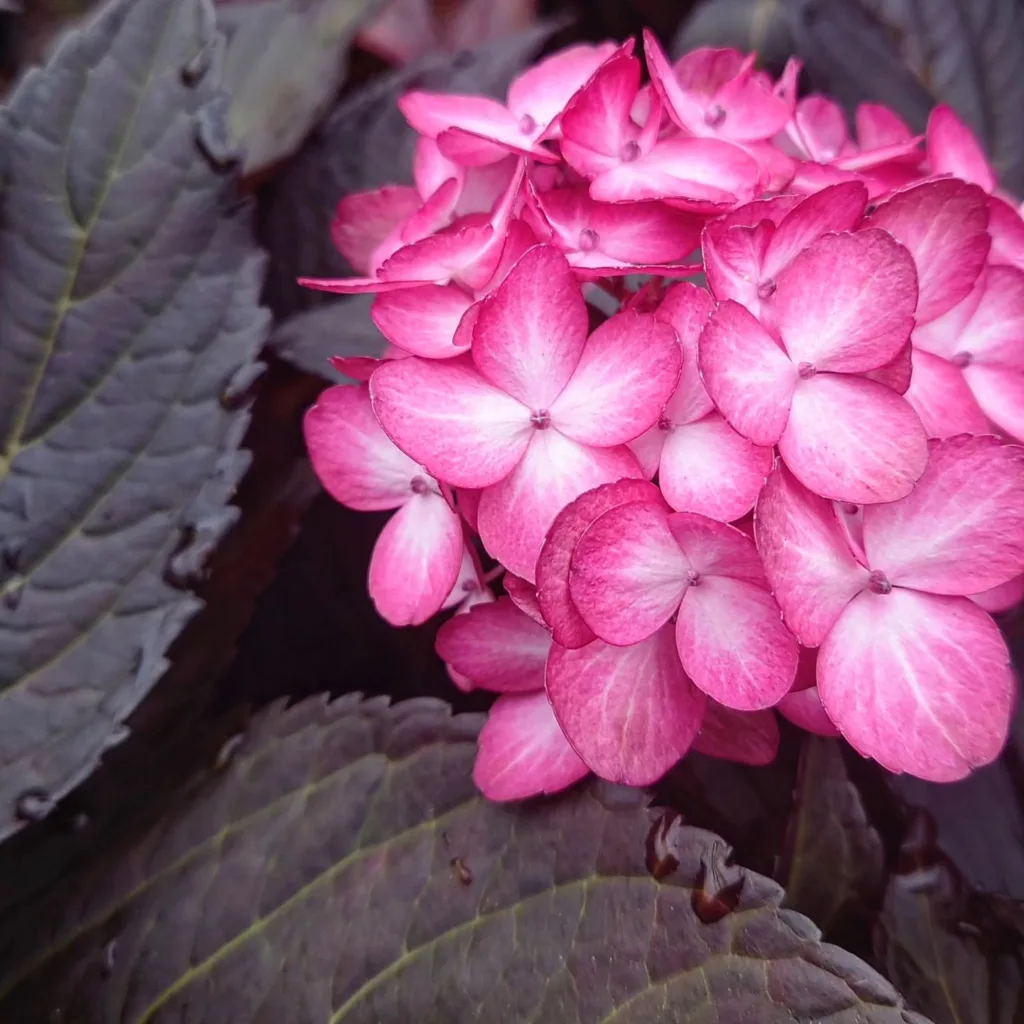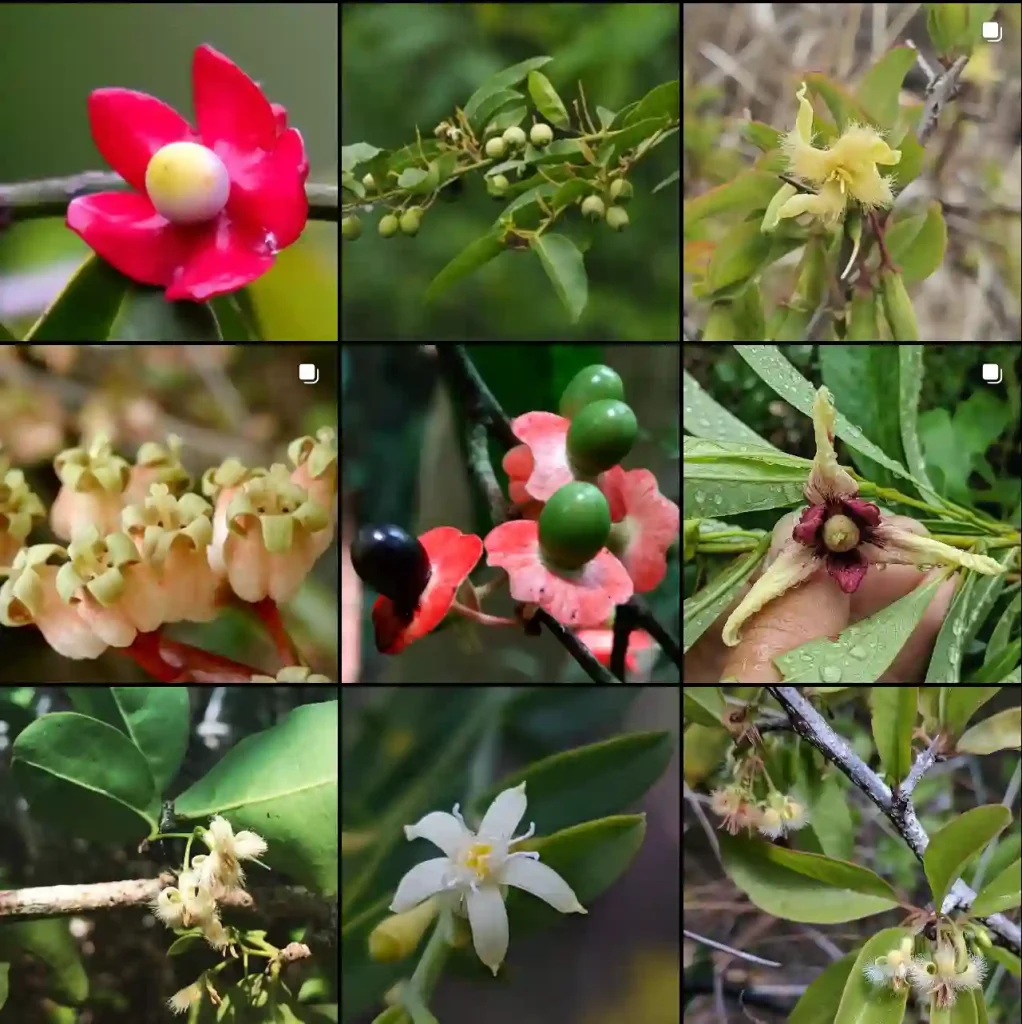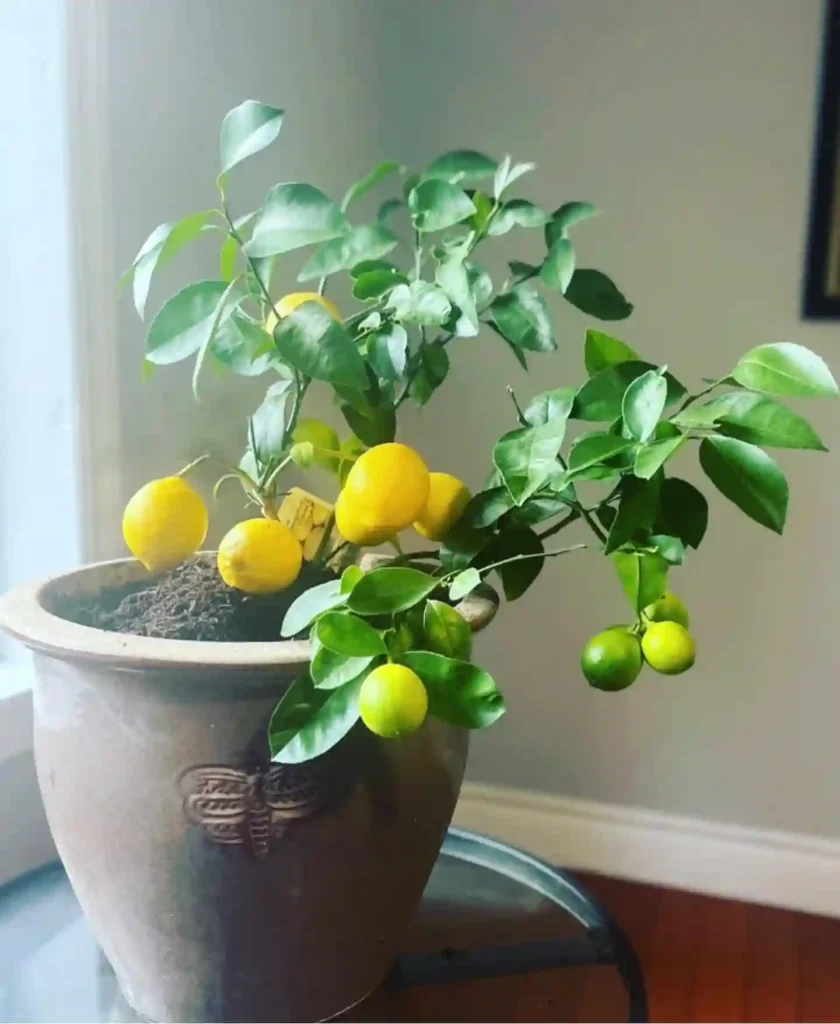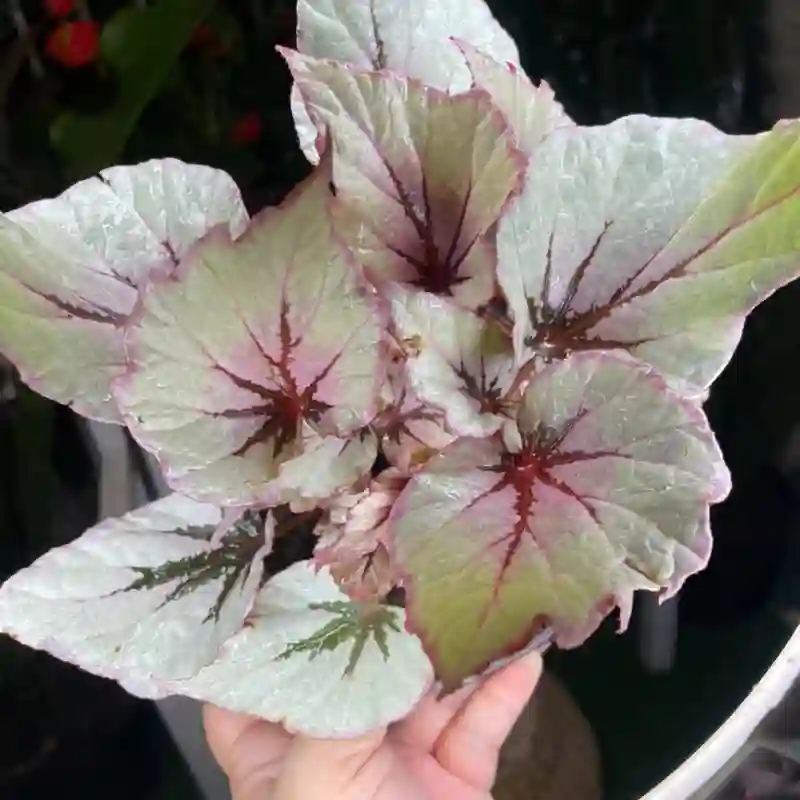FAQs About Moonrock Hydrangea
When it comes to hydrangeas, the Moonrock Hydrangea stands out with its unique features and vibrant blooms. Here’s everything you need to know about this spectacular plant, based on my personal experiences and observations.
100 Species in Genus Hydrangea
What is Moonrock Hydrangea?
The Moonrock Hydrangea is a relatively new variety of hydrangea known for its stunning, compact growth and unique bloom colors. It features large, round flower heads with a blend of pastel shades, including pink, blue, and white. The plant itself maintains a tidy, rounded shape, making it a great choice for smaller gardens or containers.
How to Care for Moonrock Hydrangea?
Caring for Moonrock Hydrangea is fairly straightforward, but there are a few key points to keep in mind:
- Sunlight: Moonrock Hydrangeas prefer partial shade to full sun. They thrive with morning sun and afternoon shade, which helps prevent the blooms from scorching during the hottest parts of the day.
- Soil: These hydrangeas do best in well-draining soil that is rich in organic matter. Amend the soil with compost before planting to ensure it has the right nutrients and drainage.
- Watering: Keep the soil consistently moist, but not waterlogged. A deep watering once a week is usually sufficient, especially during dry spells. Be cautious not to overwater, as this can lead to root rot.
- Pruning: Moonrock Hydrangeas bloom on old wood, so it’s best to prune them right after they finish blooming. Remove dead or damaged stems to encourage new growth and maintain the plant’s shape.
- Fertilizing: Feed your Moonrock Hydrangea with a balanced, slow-release fertilizer in early spring. This helps support healthy growth and abundant blooms throughout the growing season.
How to Propagate Moonrock Hydrangea?
Propagating Moonrock Hydrangea can be done through cuttings or layering. Here’s how you can do it:
- Cuttings: In late summer or early fall, take 4-6 inch cuttings from the tips of healthy stems. Remove the lower leaves and dip the cut end in rooting hormone. Plant the cuttings in a pot with moist, well-draining soil and cover with a plastic bag to retain humidity. Keep them in a shaded area until roots develop, then transplant them into larger pots or your garden.
- Layering: Select a healthy, flexible stem and gently bend it to the ground. Secure the stem with a U-shaped pin or stake and cover the area where it touches the soil with mulch. Keep the soil moist, and once roots have developed (usually after a few months), cut the new plant from the parent and transplant it.
What to Plant with Moonrock Hydrangea?
Moonrock Hydrangeas pair beautifully with a variety of other plants. Consider planting them alongside:
- Hostas: Their lush foliage complements the hydrangea’s blooms and adds texture to the garden.
- Astilbes: Their feathery flowers and shade tolerance make a lovely contrast to the hydrangea’s round blooms.
- Japanese Forest Grass: Adds a soft, cascading effect that contrasts nicely with the hydrangea’s structure.
- Coleus: Provides vibrant foliage color that enhances the hydrangea’s blooms.
Is Moonrock Hydrangea Toxic?
No, Moonrock Hydrangea is not considered toxic to humans or pets. However, as with many plants, it’s best to avoid ingestion. If you have pets that like to chew on plants, keep an eye on them to ensure they don’t nibble on the leaves or flowers.
Benefits of Moonrock Hydrangea
The Moonrock Hydrangea offers several benefits:
- Compact Size: Ideal for smaller gardens or containers.
- Long-Lasting Blooms: The flowers can last from summer to fall, providing extended color in your garden.
- Low Maintenance: Requires minimal care once established, making it a great choice for busy gardeners.
Common Problems with Moonrock Hydrangea
Despite its robust nature, Moonrock Hydrangea can encounter a few issues:
- Leaf Spot: Keep an eye out for fungal infections that can cause spots on leaves. Ensure proper spacing for air circulation and avoid overhead watering to minimize this problem.
- Pest Issues: Aphids and spider mites can sometimes be a nuisance. Regularly inspect the plant and use insecticidal soap if necessary.
- Wilting: If your plant shows signs of wilting, check the soil moisture. Both overwatering and underwatering can cause this issue.
Comparing Moonrock Hydrangea with Other Varieties
When compared to other hydrangea varieties, Moonrock Hydrangea holds its own with a few distinct advantages:
- Versus Annabelle: While Annabelle is known for its large, white blooms, Moonrock offers a more varied color palette and a more compact growth habit.
- Versus Endless Summer: Endless Summer hydrangeas bloom on both old and new wood, making them more versatile in terms of pruning. Moonrock, however, focuses on old wood blooming, which can be easier to manage if you’re consistent with pruning.
In summary, the Moonrock Hydrangea is a delightful addition to any garden, offering beauty and ease of care. Its compact size, vibrant blooms, and minimal maintenance requirements make it a standout choice for both seasoned and novice gardeners alike.
If i die, water my plants!



